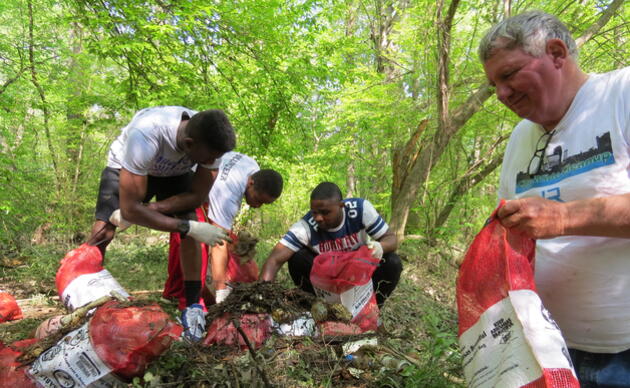LITTLE ROCK, Ark. (Friday, September 10, 2021)— For a third growing season in a row Audubon led a community science project to monitor and document dicamba herbicide damage to vegetation on public lands in order to gain a better understanding of the geographic range, extent, and severity of unintended damages. This year Audubon set out specifically to document ongoing symptomology at select sties impacted in previous years.
Audubon staff and trained volunteers documented ongoing dicamba symptoms on plants at 21 sites across nine counties. Species displaying symptoms included catalpa, elms, ginkgo, magnolias, maples, mulberries, oaks, persimmon, pokeweed, poison ivy, ragweed, redbud, sugarberry, sunflower, sycamore, trumpetvine, tuliptree, and Virginia creeper. Most of these plants are listed in National Audubon Society’s Plants for Birds database as providing food birds, including insects that most landbird species need to feed their young.
These data continue to support Audubon’s claim that using dicamba during warm weather can have landscape scale off-target impacts. Further, we photographed trees that showed signs of disease and dieback, as well as leaf cupping. Audubon is concerned that repeated exposure to herbicide drift is weakening trees, making them more susceptible to other sources of damage and death. If tree diversity declines in eastern Arkansas, so too will bird diversity.



